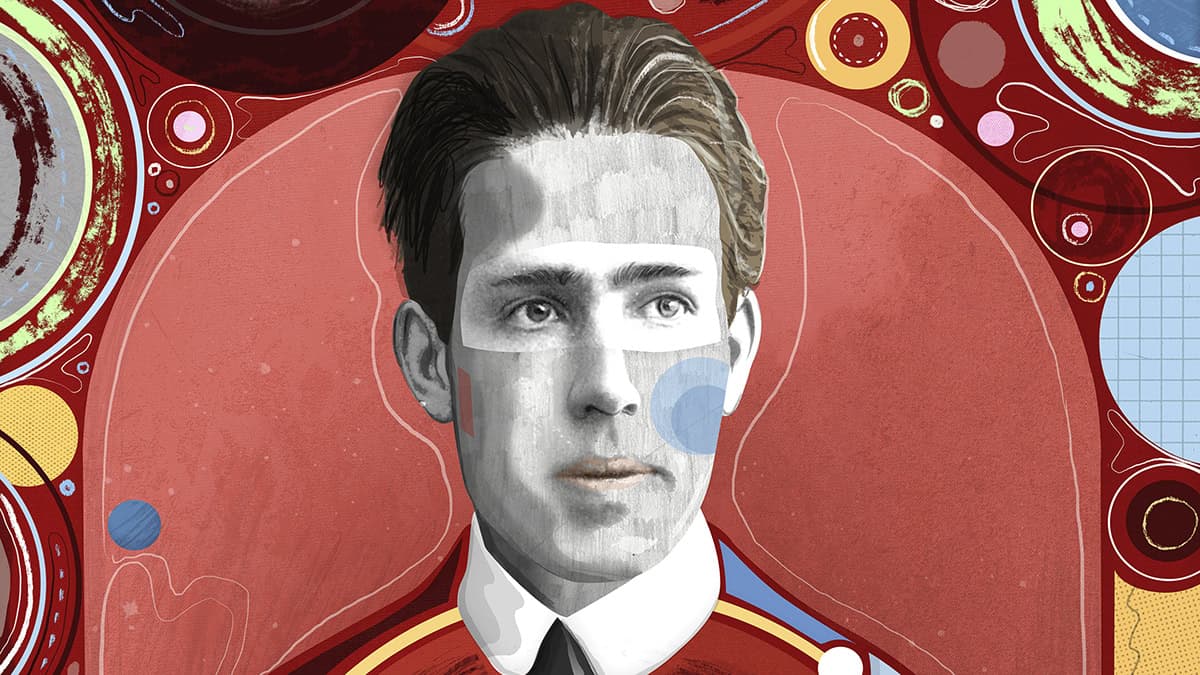Remote Radioactive Material Detection: A 10-Meter Breakthrough

Researchers at the University of Maryland have developed a novel method for remotely detecting radioactive materials using short-pulse CO2 lasers, achieving detection at a distance of 10 meters—over ten times farther than previous methods. The technique leverages the ionization of surrounding air by radioactive materials. By accelerating these ions with a laser, a cascade of ionization creates microplasmas that scatter laser light, enabling remote detection. This technology holds promise for nuclear disaster response and nuclear security, but challenges remain, including the size of the laser system and environmental noise.
Read more

